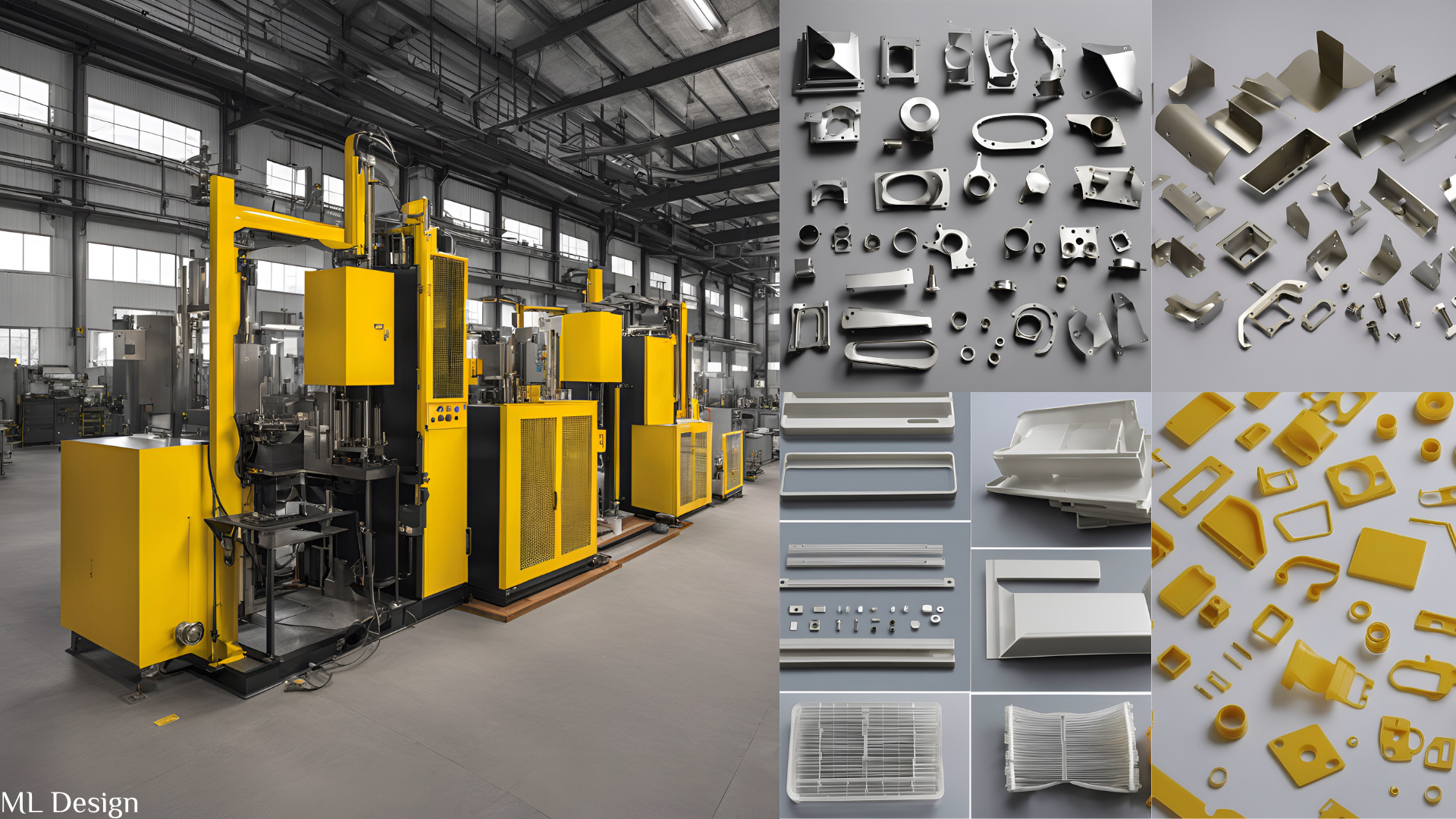- Factory-Direct Pricing | No Middleman Markups
- Save 30%-My Sourcing
 Thermoforming and compression molding parts manufacturer
Thermoforming and compression molding parts manufacturerHire me to source thermoforming and compression molding metal and plastic assembly parts from manufacturers-direct, cut 30% costs! From CAD to delivery, DFM/DFX/EVT/DVT/PVT/QC support, Let’s talk now!
From automotive to consumer electronic—expert sourcing service for thermoformed plastics and compression-molded metal assembly parts. Cut 30% costs!
Thermoforming and compression molding are pivotal manufacturing processes shaping industries from automotive to consumer goods. While thermoforming is primarily used for plastics, compression molding serves both metals and plastics, offering unique advantages in cost, precision, and scalability. This guide dives into their technical nuances, applications, and how to choose the right method for your project.
Process Overview:
Thermoforming involves heating a thermoplastic sheet until pliable, then shaping it over a mold using vacuum pressure, air, or mechanical force.
Key Steps:
Heating: Plastic sheets are heated to 300–400°F (150–200°C).
Forming: The softened sheet is draped over a mold and vacuum-sealed.
Cooling & Trimming: The part cools, and excess material is removed.
Materials Used:
Thermoplastics: ABS, PVC, PETG, HDPE.
Applications: Packaging trays, automotive interiors, medical device housings.
Advantages:
Low tooling costs for prototypes.
High-speed production for large parts.
Ideal for thin-walled components.
Limitations:
Limited to thermoplastics.
Material waste from trimming.
Process Overview:
Compression molding uses heat and pressure to shape materials in a closed mold. It’s widely used for thermoset plastics (e.g., rubber, silicone) and metals (e.g., aluminum, copper alloys).
Key Steps:
Material Loading: Preheated material (plastic pellets or metal blanks) is placed in the mold.
Compression: The mold closes under 1,000–2,000 psi pressure, curing the material.
Ejection: The solidified part is removed.
Materials Used:
Plastics: Epoxy, phenolic, BMC (Bulk Molding Compound).
Metals: Aluminum, magnesium, copper.
Applications: Electrical insulators, automotive gaskets, aerospace brackets.
Advantages:
Excellent for complex, high-strength parts.
Minimal material waste.
Suitable for thermosets and metals.
Limitations:
Higher tooling costs.
Longer cycle times vs. injection molding.
| Factor | Thermoforming (Plastic) | Compression Molding (Plastic/Metal) |
|---|---|---|
| Materials | Thermoplastics only | Thermosets, composites, metals |
| Tooling Cost | Low to moderate | Moderate to high |
| Production Speed | Fast (seconds per part) | Slower (minutes per part) |
| Part Complexity | Moderate | High (intricate geometries) |
| Volume Suitability | High-volume | Low to medium volume |
Temperature Ranges:
Thermoforming: 150–200°C (plastics).
Compression Molding: 120–200°C (plastics), 300–500°C (metals).
Pressure Requirements:
Thermoforming: 14–21 psi (vacuum pressure).
Compression Molding: 1,000–2,000 psi.
Tooling:
Aluminum molds for thermoforming; hardened steel for compression molding.
Thermoforming:
Packaging: Blister packs, clamshells.
Automotive: Dashboards, door panels.
Compression Molding:
Aerospace: Heat-resistant components.
Electronics: Insulating housings.
Eco-Friendly Materials: Bio-based thermoplastics and recycled metals.
Automation: AI-driven quality control in thermoforming.
Lightweighting: Compression-molded composites for EVs.
Q: Can thermoforming be used for metals?
A: No—thermoforming is exclusive to thermoplastics. For metals, consider compression or stamping.
Q: Which process is better for high-volume production?
A: Thermoforming excels in high-volume, low-cost plastic parts.
Choosing between thermoforming and compression molding hinges on material, part complexity, and volume. Thermoforming offers speed for plastics, while compression molding delivers strength for metals and thermosets. Partner with experts to optimize your manufacturing strategy.
My network of factories resources offers customized thermoforming and compression molding manufacturing solution that are tailored to your specific requirements. My factory team has extensive experience in all aspects of thermoforming and compression molding, from material selection to tool design, ensuring that your parts are of the highest quality and consistency. Whether you need compression molded parts for automotive, aerospace, medical, home appliances, electronics, machines, or consumer goods, etc. We have the expertise to deliver high-quality solutions on time and within your budget.
Provide high-quality compression molded parts for the automotive and motorcycle industry.
Provide high-quality compression molded parts for the small home appliances industry.
Provide high-quality compression molded parts for the consumer goods or electronic industry.
+8619872870689
kinfomtech
No.1 Road East Hongfu, Dongcheng, Donguan, China.
+8619872870689
“From raw materials to retail-ready goods—we’re your all-in-one solution. Let’s optimize your chain!”